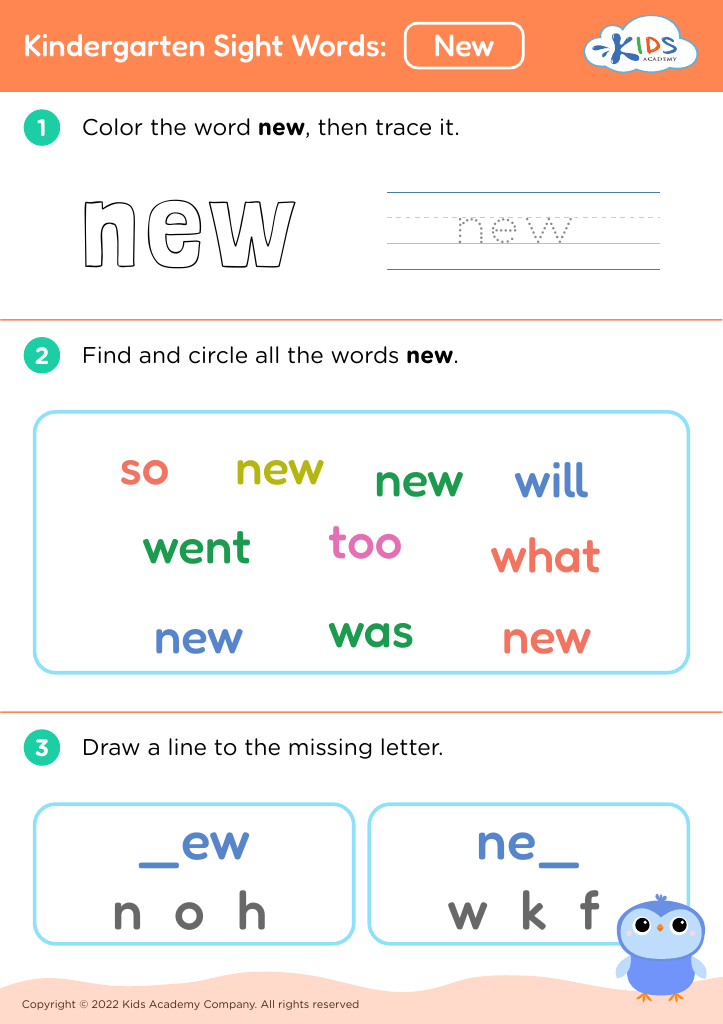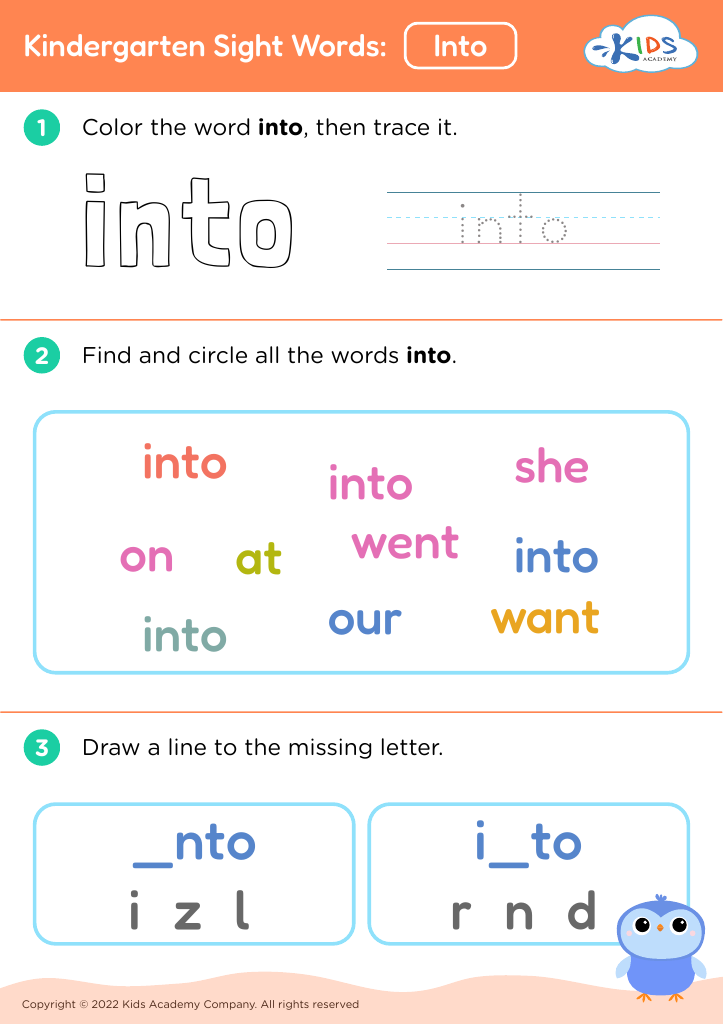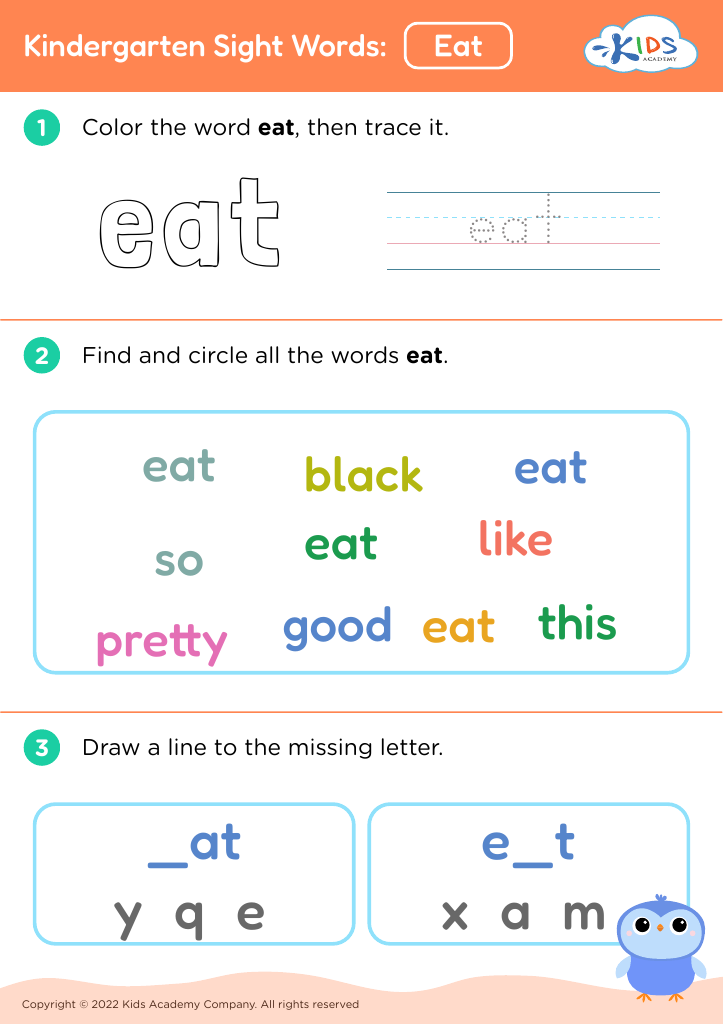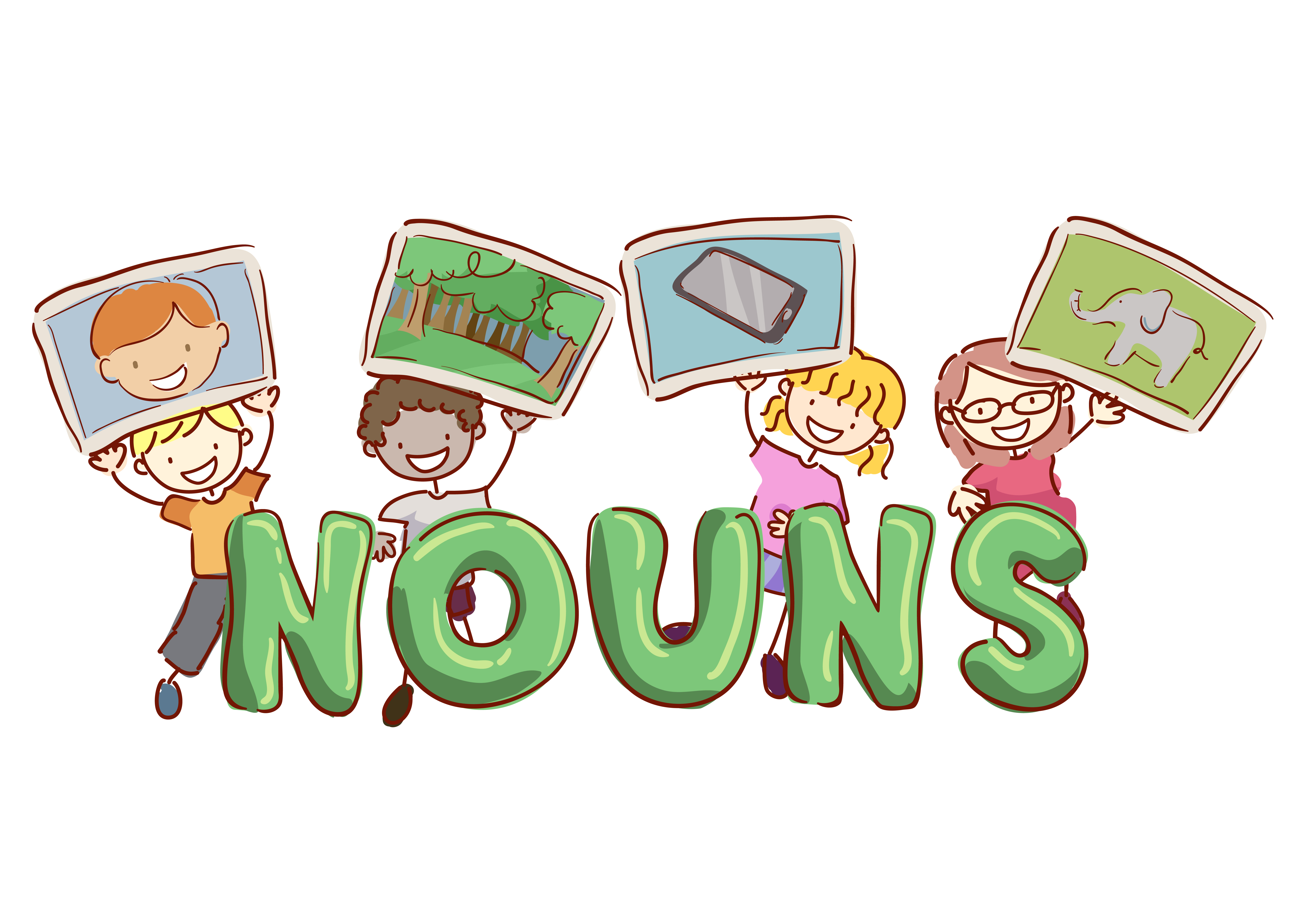Following instructions Reading Worksheets for Ages 4-6
20 filtered results
-
From - To
Boost your child's reading and comprehension skills with our "Following Instructions Reading Worksheets" designed specifically for ages 4-6! These engaging worksheets help young learners develop essential skills by practicing how to follow simple directions related to crafting, identifying objects, and completing fun activities. With colorful illustrations and easy-to-understand prompts, your little ones will learn to pay attention, enhance their listening skills, and gain confidence in reading comprehension. Perfect for home or classroom use, our worksheets create a supportive learning environment to foster a love for learning in early education. Start your child’s reading journey today with these interactive and educational resources!


Red and Blue Coloring Fun Worksheet


Yellow and Green Coloring Fun Worksheet


Little Blue Belle Worksheet
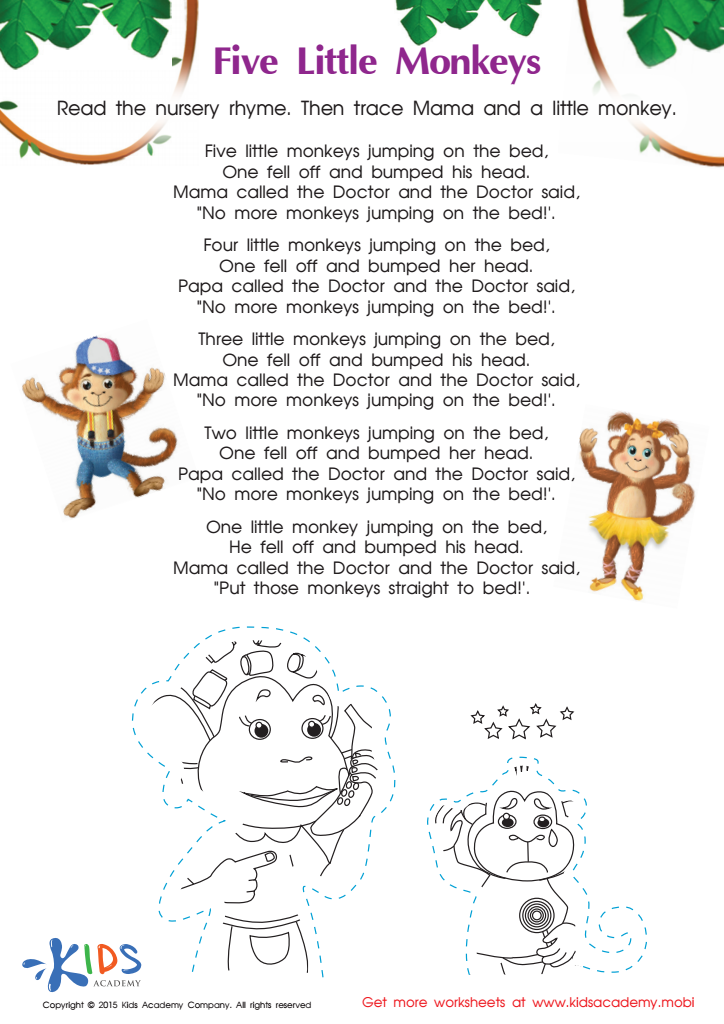

The Five Little Monkeys Nursery Rhyme Worksheet
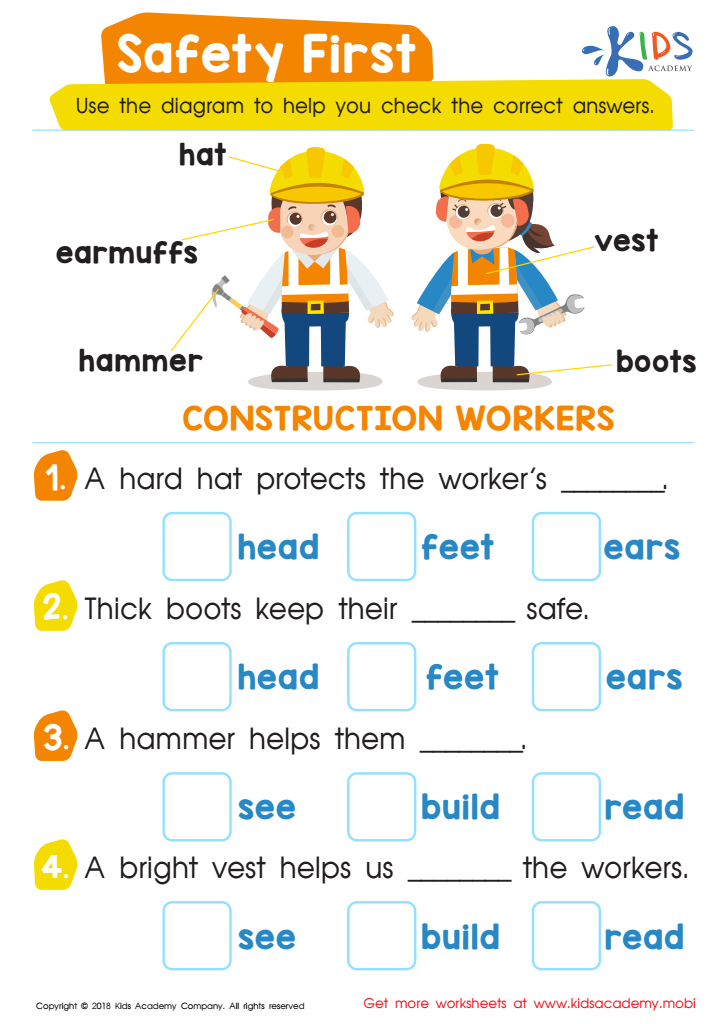

Safety First Worksheet


Purple and Orange Coloring Fun Worksheet
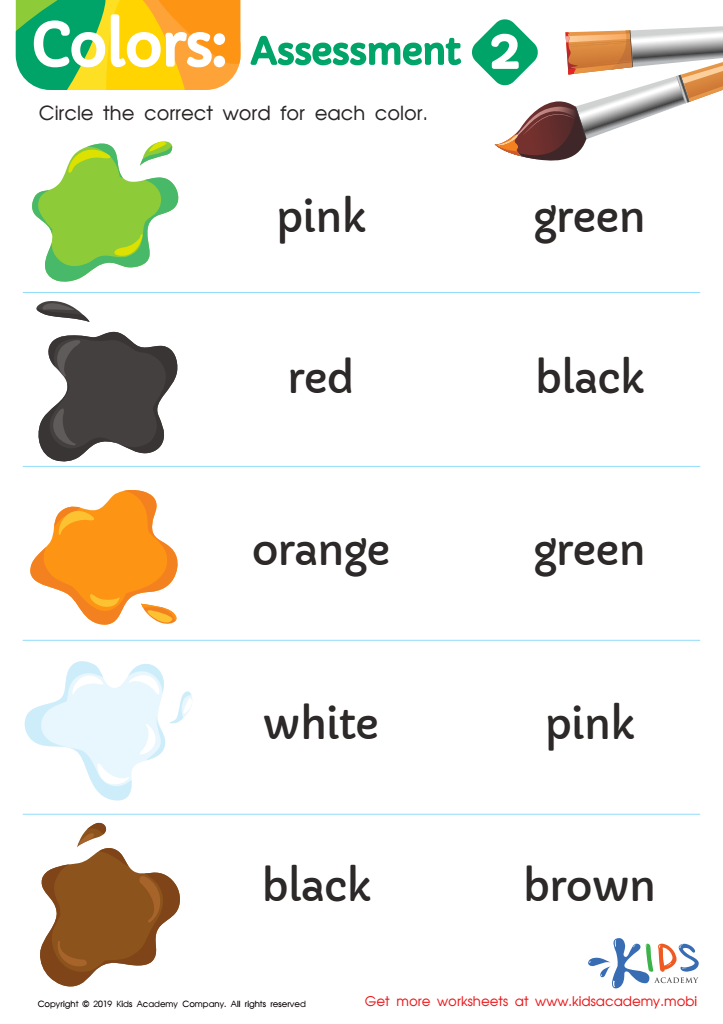

Colors: Assessment 2 Worksheet
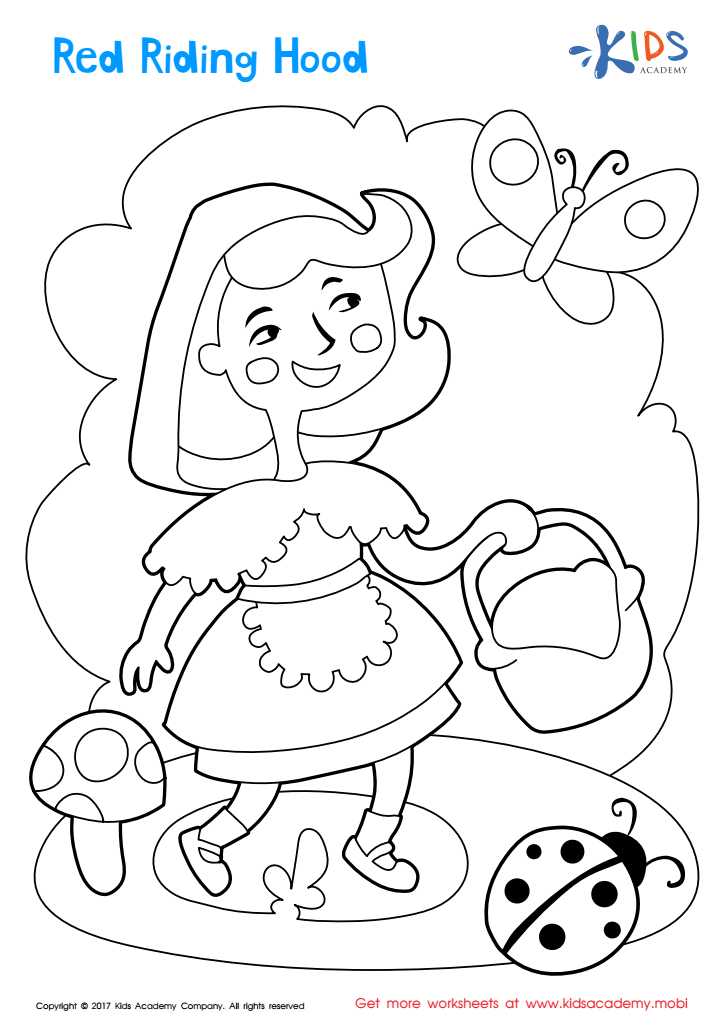

Red Riding Hood Coloring Page
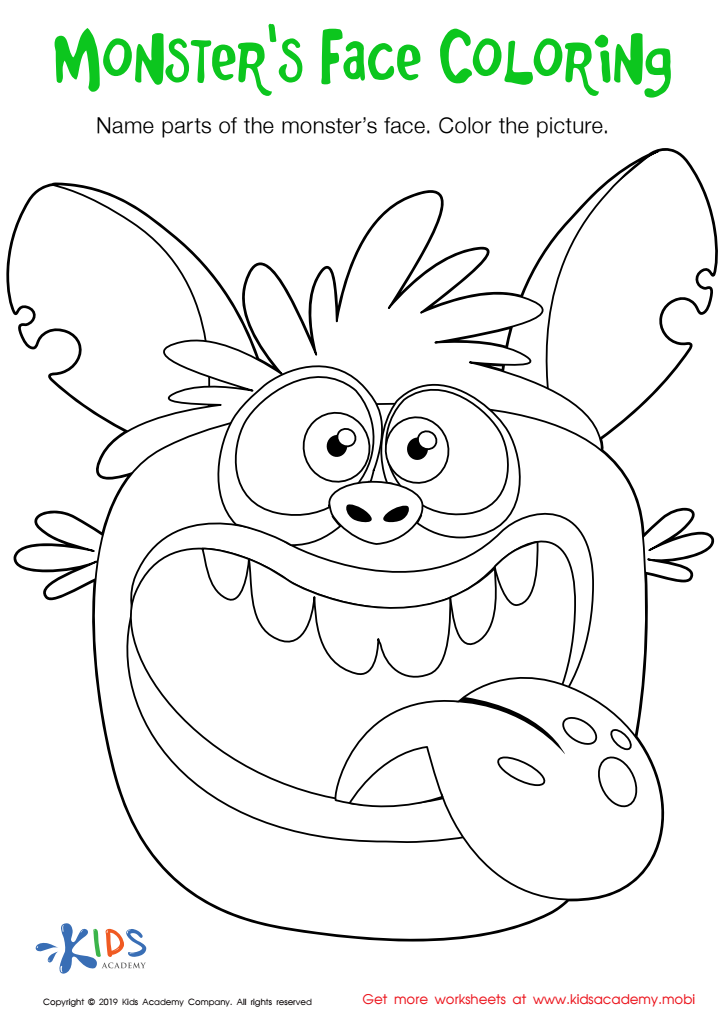

Monster's Face Coloring Worksheet
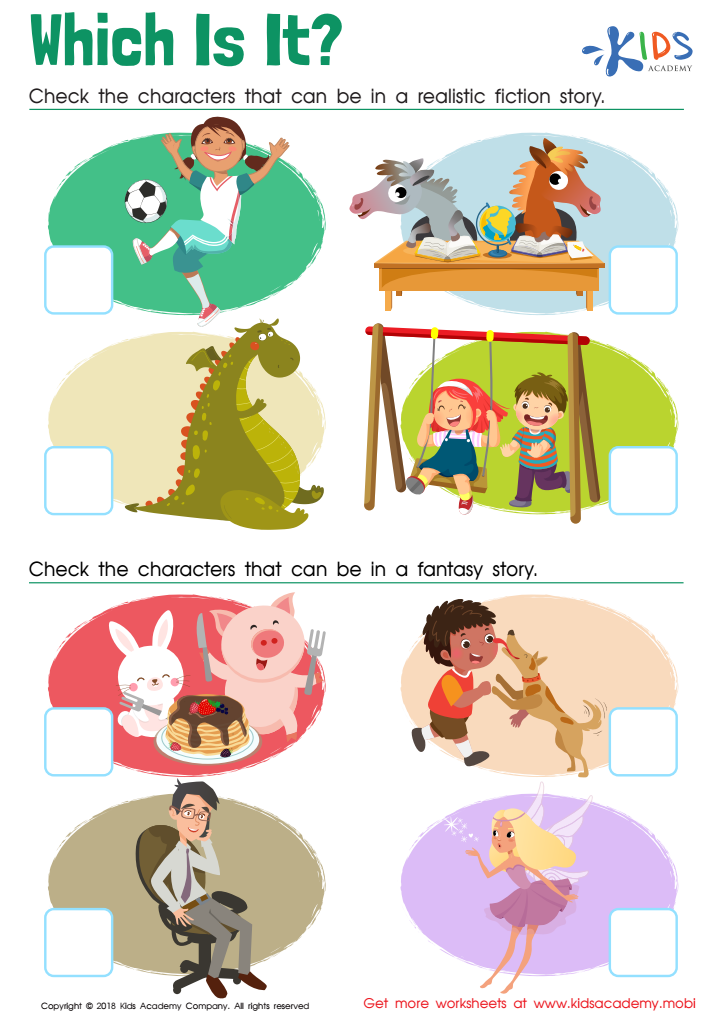

Which Is It? Worksheet
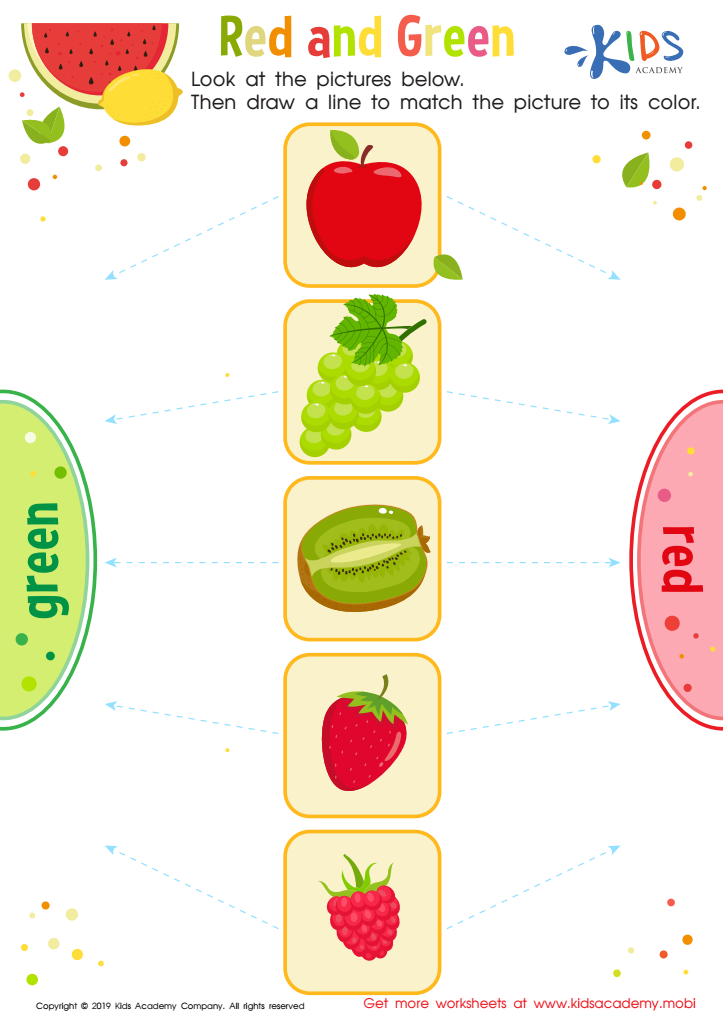

Red and Green Worksheet
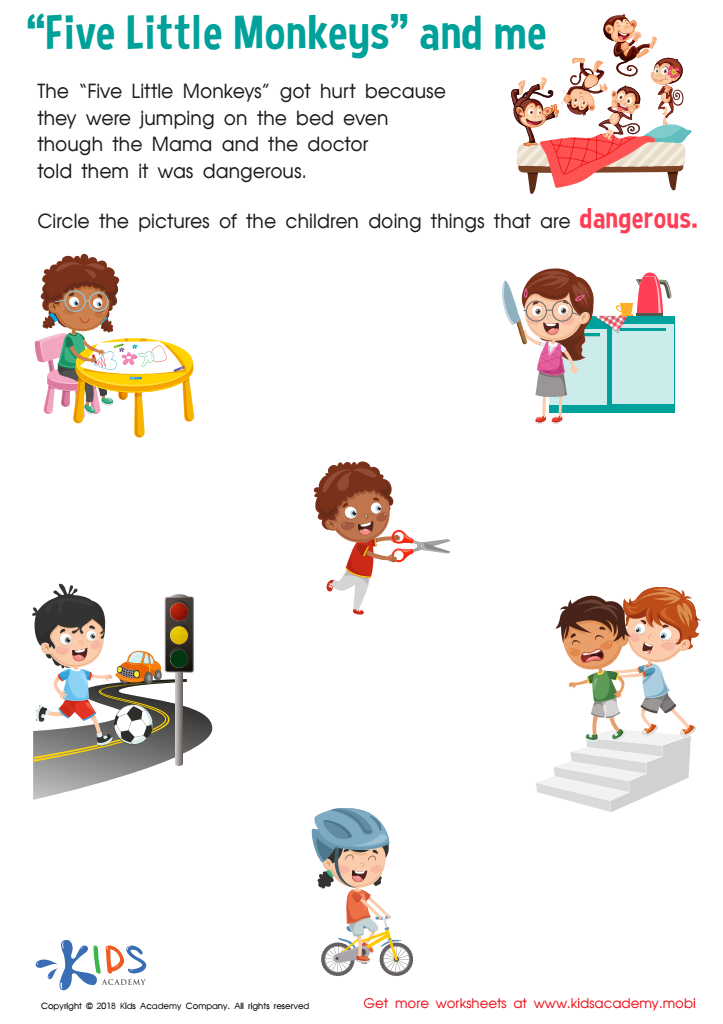

Five Little Monkeys and Me Worksheet


White and Pink Coloring Fun Worksheet


Twinkle, Twinkle, Little Star – Coloring by Numbers
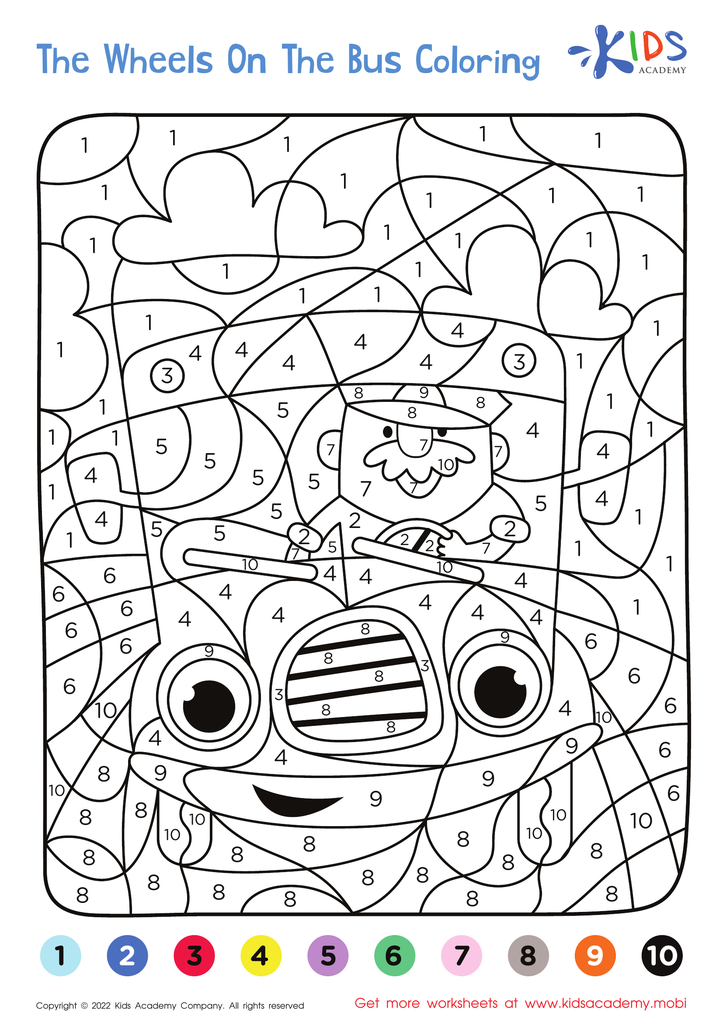

Wheels on the Bus – Coloring by Numbers
Following instructions is a critical skill for children ages 4-6, a foundational aspect of their development that should concern both parents and teachers. This age group is in a crucial period for cognitive, social, and emotional growth. Mastering the ability to follow instructions enhances their understanding of language, boosts their problem-solving capabilities, and fosters independence. Children who can follow directions tend to perform better academically, as they can engage more effectively in classroom activities and collaborative projects.
Additionally, listening to and comprehending instructions helps children develop patience and self-discipline. As they learn to trust and follow directions from adults, they build their confidence and readiness for more complex tasks. This skill also promotes effective communication, as children learn to ask for clarification when needed.
Furthermore, nurturing the ability to follow directions can aid in strengthening parent-child and teacher-student relationships. When children successfully complete tasks directed by parents or teachers, they experience a sense of accomplishment, reinforcing a positive environment. Creating opportunities to practice following instructions through games, stories, or structured activities emphasizes its importance, paving the way for future learning and social interactions. Ultimately, prioritizing this skill not only enhances academic achievement but also contributes to lifelong success.

 Assign to My Students
Assign to My Students


